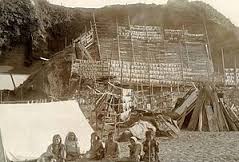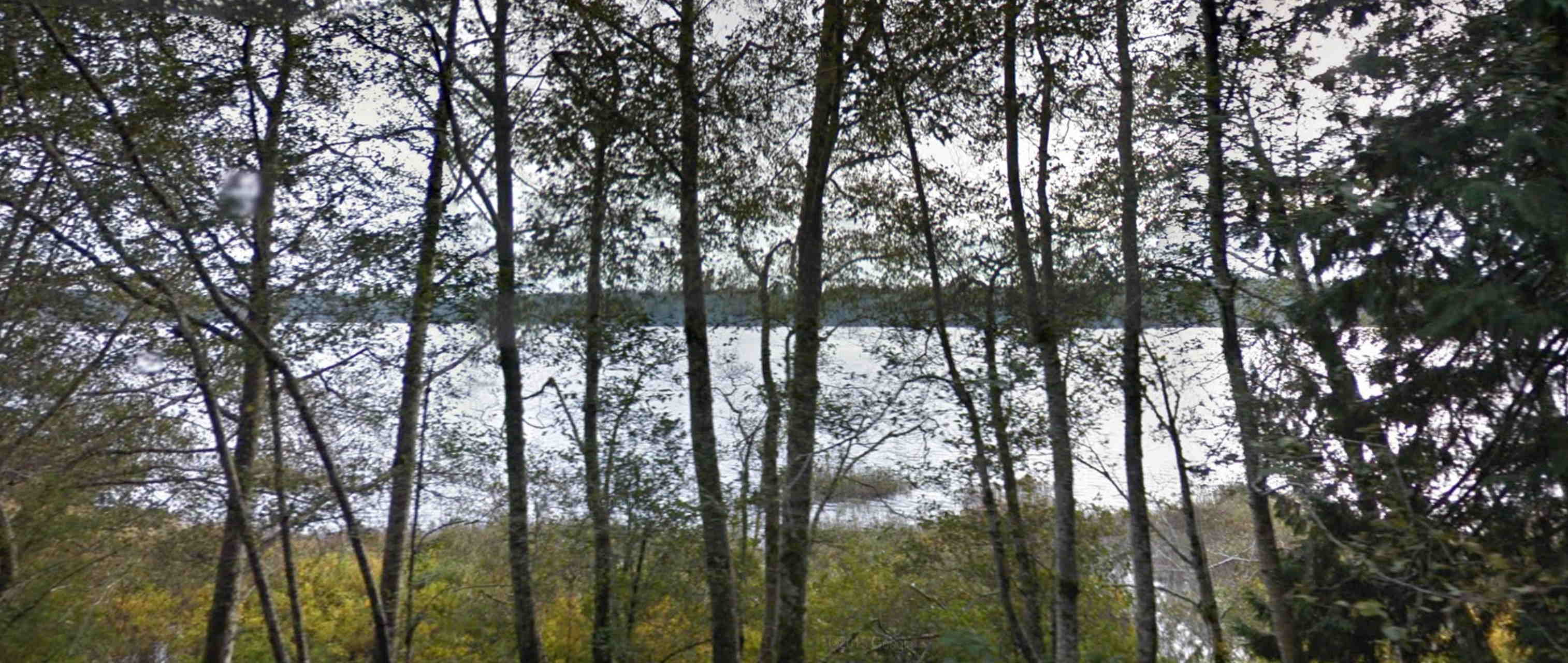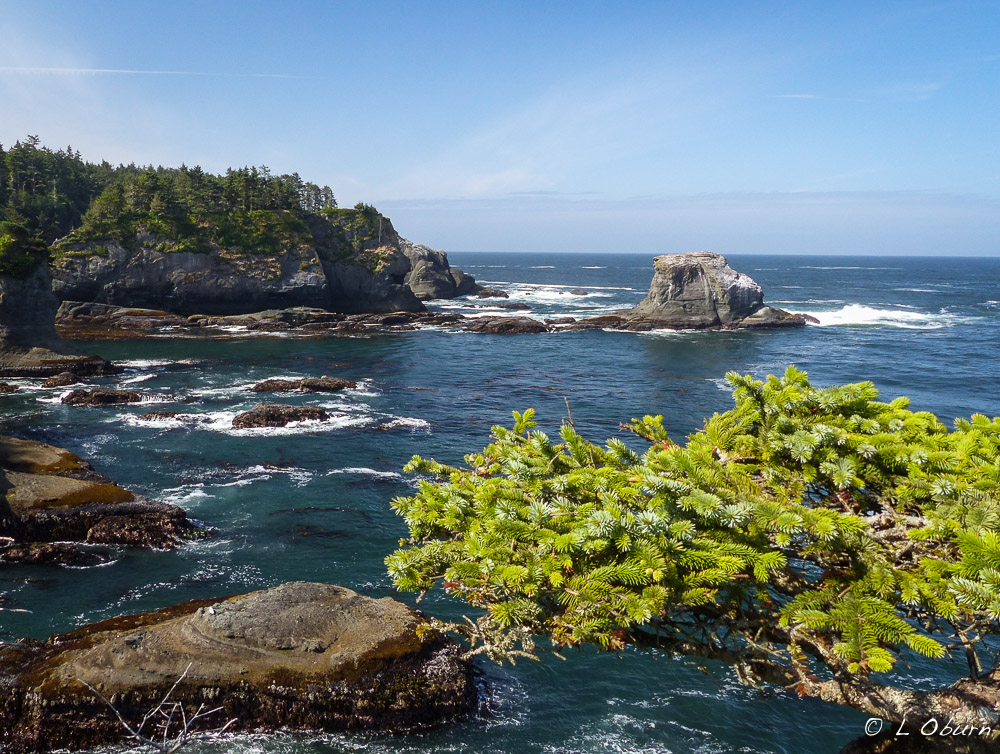On the Beachby Sean Cassidy
There is a window in the almost incessant rain that falls on the Olympic Peninsula each spring. The rains stop for a week sometime in March or April. I was living in a cabin overlooking Lake Ozette, seeking to emulate Thoreau, but feeling more like Noah, waiting for a sign that the rains would one day cease. And then it happened. One morning the sun rose and remained in view, beckoning me westward. I began my journey down a ceder plank path that wound its way through the swamp that separates the lake from the ocean. The skunk cabbage was in full bloom. As I headed closer to the coast, I could hear the sounds of the surf drifting through moss-laden trees. I loved the feel of the ocean air on my face when I emerged from the forest onto the beach. The stretch of land from Lake Ozette to Neah Bay is one of the only remaining roadless areas along the west coast of the continental United States. The area is deserted in the winter. There used to be people living on that portion of the coast. An entire village was buried by a mud slide hundreds of years ago. The preserved artifacts of the village reveal a vibrant culture, intricately tied to the forest and ocean. It was a society based on cedar and whales. There was an archeological dig, but they reburied the site when they ran out of money. Today, a lone caretaker watches over the site. When I did my walk, the caretaker was a Native American canoe carver. He used the time alone to design and carve traditional ceder canoes. His tribe used to hunt whales from canoes. Evidence of their success emerges from the sand on a regular basis.
Whale bones are revealed after storms. The vertebra are so worn down, they look like plates. The whales still migrate down the coast. I heard recently that the Makah, the indigenous people living in Neah Bay, want permission to revive their traditional hunt. The gray whale population is slowly recovering from overhunting and is one of the few success stories of whale protection. Native people killed whales for hundreds of years, but it was the modern whaling industry that almost wiped out the gray whale. Exterminating the whale was as destructive to Makah culture as exterminating the buffalo was to the culture of the plains Indians. It is difficult to know what the correct course of action should be. I would tend to trust the Makah's close connection with the whales to preserve the species, but I hesitate when I see the great swath of destruction caused by logging on Makah land. Native American's are just as susceptible to economic pressure as the rest of us. We all need money to get by, but to paraphrase Thackery, "we often buy money much too dear."
I saw whale spouts as I hiked along the beach. They were part of an incredible panorama that stilled the noisy chatter in my mind. I watched eagles fly to each other, locking talons and falling to the ocean, seperating at the last possible moment. As long as there are places where whales still swim and eagles can dance, there is hope for the future. We live on a beautiful planet that speaks to those who take time to listen. We should celebrate our good fortune. "I am a teacher at a small state college in Idaho. I wrote the following column for our school newspaper. Thought you might find it interesting. You are free to use it if you find it helpful, just put my name on it somewhere" - Sean Cassidy © 1998 Published by Whales in Danger
|


